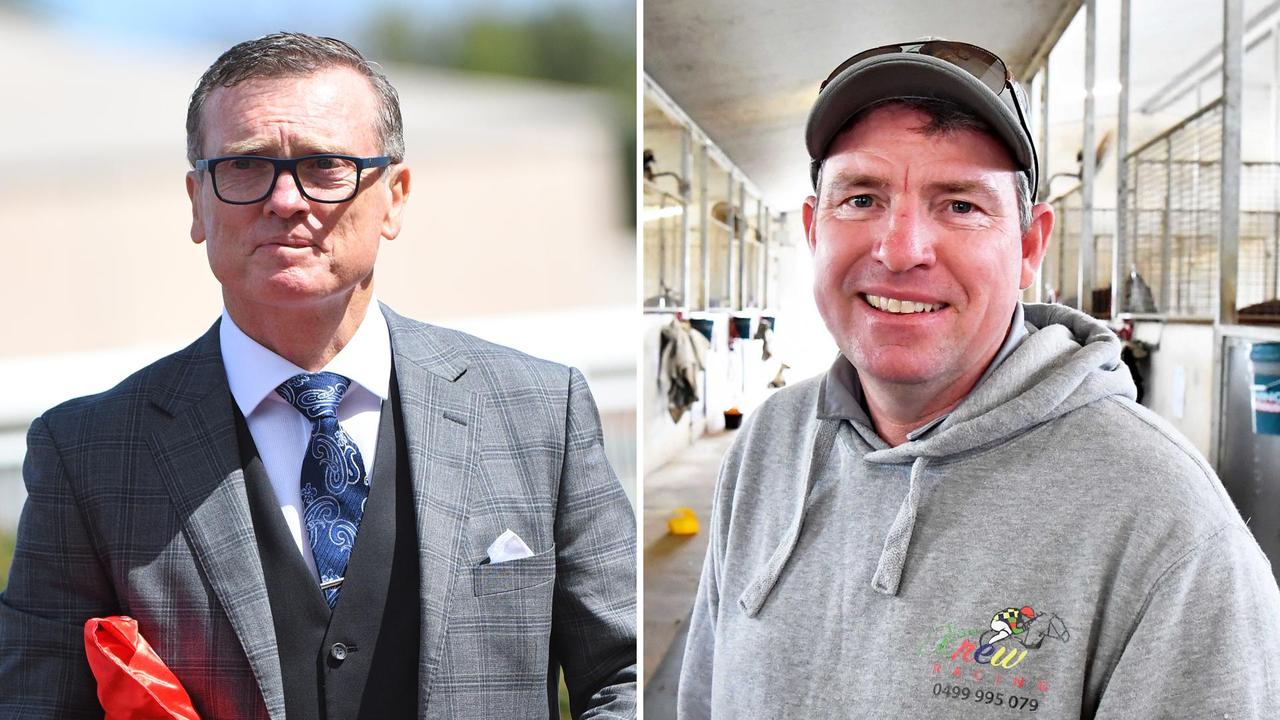In the town of Kandos, New South Wales, there’s the local Kandos Museum run by volunteers. The museum holds relics from the cement works that once defined the town, but there are other treasures, too. As part of the Cementa24 festival , I became fixated on the museum’s collection of school photos.
Neatly organised into ring-bound folders by the volunteers, the group portraits span decades of students from Kandos Public School and Kandos High School, from 1924 through to the 1990s. I enlarged and cropped some of these photos to turn them into street posters to scatter around town. I asked permission before sticking a few outside the local pub, the radio station, the post office and the op shop.
I spot the locals smiling as they pass them, stopping to look for someone they know. I watch them point at the pictures and hear them naming names. Working on this project, I can’t stop thinking about the weight of these photographic rituals.
School photos aren’t just memories; they hold social histories. Through them, you can trace changes in hairstyles, fashion, attitudes and even migration – yet there’s something homogeneous and unchangeable about how they’re made. School photo rules There’s always a physical hierarchy in these photos.
The photographer organises the group to ensure compositional acuity. The students are lined up in rows, with tall people in the back and shorter people in front – evenly spaced, arranged by height and symmetry. When was the rule made .


















